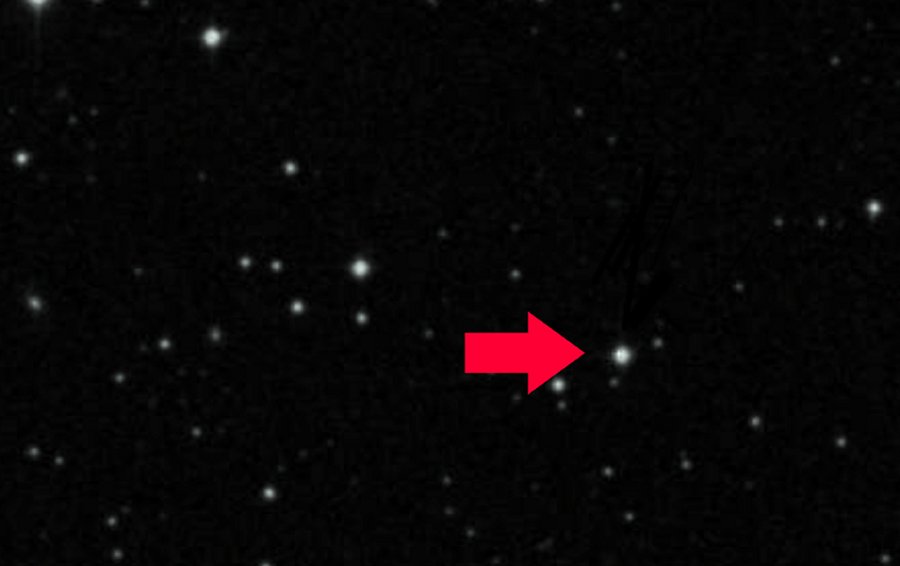Rare, Pulsating Star Identified 7,000 Light Years Away In Pegasus Constellation
Astronomers have spotted a rare, pulsating star that is expanding and contracting in a unique pattern in three different directions, simultaneously on a scale of once every 2.5 hours.
This variable star, named ROTSE1 J232056.45+345150.9, is located 7,000 light years away in the Pegasus constellation. The object is as large as – or even bigger – than the Earth’s sun. It is one of only seven stars of its kind identified in our galaxy.

The Milky Way has more than 100 billion stars. But just over 400,900 are catalogued as variable stars. Of those, a mere seven — including the one identified at SMU — are the rare intrinsic variable star called a Triple Mode ‘high amplitude delta Scuti’ or Triple Mode HADS(B), for short.
The star’s name is related to a powerful ROTSE-I telescope formerly at Los Alamos National Laboratory in New Mexico and SMU’s astrophysicists discovered this variable star by analyzing light curve shape, a key identifier of star type.
There are thousands of Delta Scuti stars; they have characteristic features, including short periods of pulsating on the scale of a few hours.
Among them, there is a subtype called high amplitude delta Scuti (or the so-called HADS.) Their brightness varies to a particularly large degree, registering more than 10 percent difference between their minimum and maximum brightness, indicating larger pulsations. A smaller sub-category are the HADS, which show asymmetrical-like pulsating curves. Within HADS, there’s another subtype called HADS(B) , of which there are only 114 identified.
Pulsation results from expanding and contracting as the star ages and exhausts the hydrogen fuel at its core. As the hydrogen fuel burns hotter, the star expands, then cools, then gravity shrinks it back, and contraction heats it back up.
(More on Scuti Stars – here)



 Creators of mankind
Creators of mankind Description of “Tall white aliens”
Description of “Tall white aliens” Where they came from?
Where they came from? About hostile civilizations
About hostile civilizations The war for the Earth
The war for the Earth “Tall white aliens” about eternal life
“Tall white aliens” about eternal life Video: “Nordic aliens”
Video: “Nordic aliens” Aliens
Aliens Alien encounters
Alien encounters The aliens base
The aliens base UFO
UFO Technology UFO
Technology UFO Underground civilization
Underground civilization Ancient alien artifacts
Ancient alien artifacts Military and UFO
Military and UFO Mysteries and hypotheses
Mysteries and hypotheses Scientific facts
Scientific facts


















